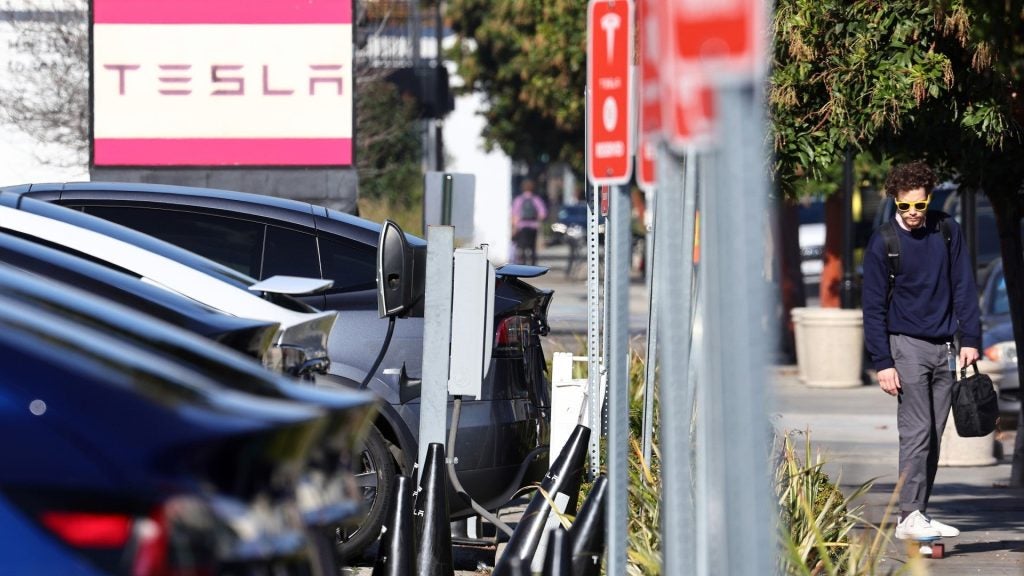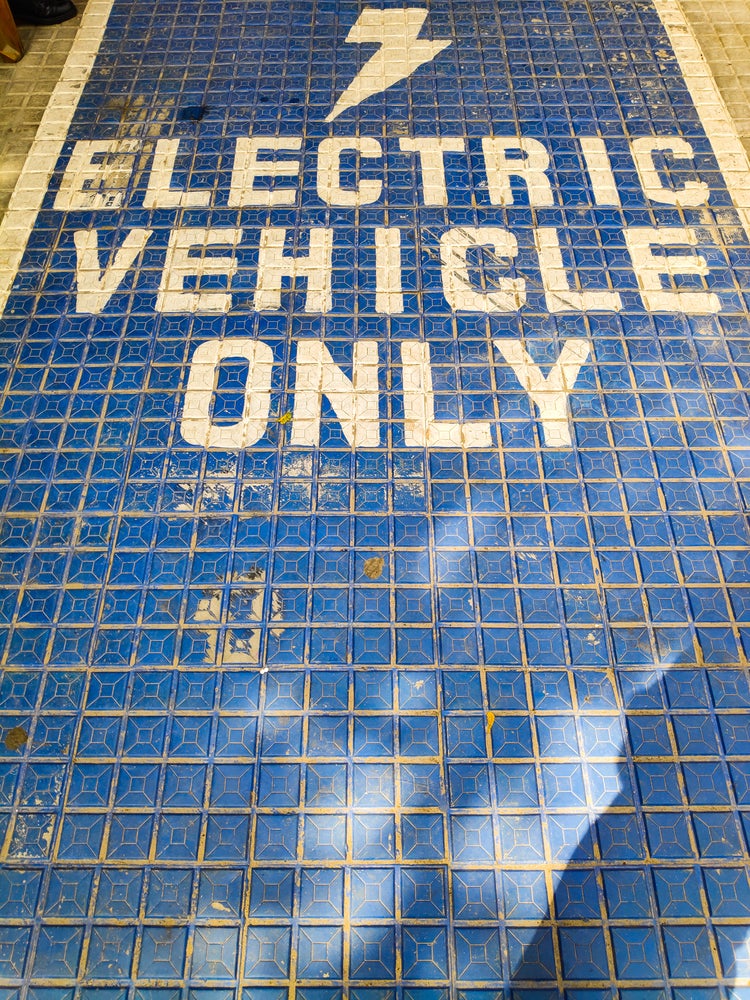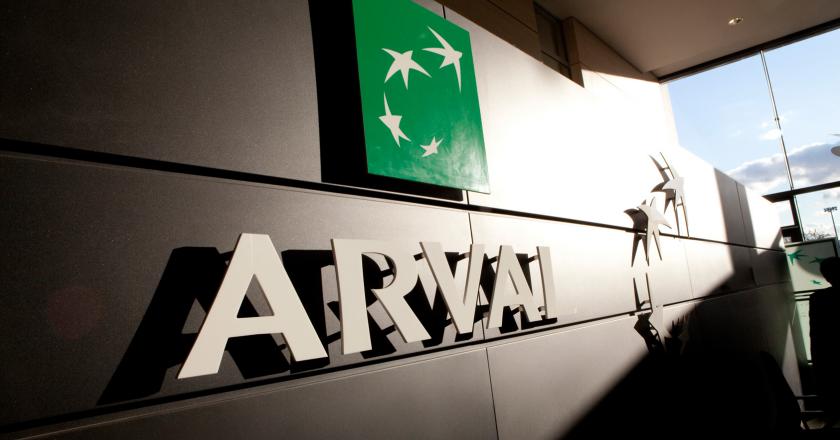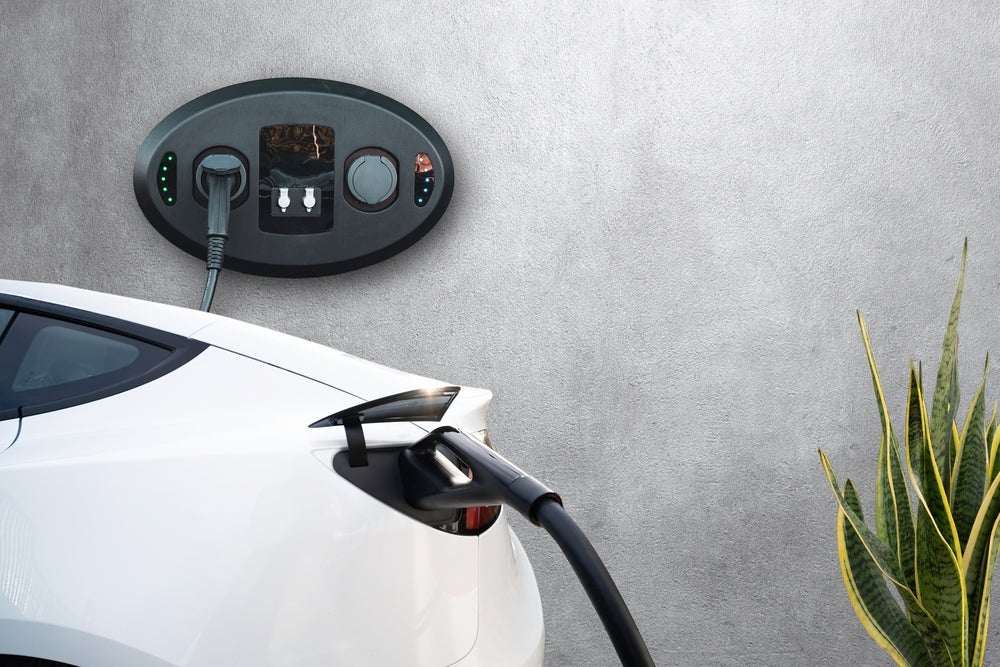A persistent belief that pure electric vehicles are only suitable for low annual mileage needs to be overturned, says Arval.
The vehicle leasing company says that the applications for which EVs are appropriate depend much more on the daily driving profile of each driver.
Shaun Sadlier, head of consulting, said: “This is a myth that we hear regularly – that if you cover more than a few thousand miles a year, EVs should be taken off the table as a choice.
“This argument is really an extension of range anxiety, the idea that because an EV has a limited range and takes time to recharge, that it cannot cover a longer distance annually.”
However, Shaun says, the real world suitability of EVs depends much more on the range of a particular model and each driver’s actual needs on a day-by-day basis.
“If you look at a driver who covers 25,000 miles a year, towards the upper end of the typical fleet spectrum, then the suitability of an EV rests entirely on their daily mileage.
How well do you really know your competitors?
Access the most comprehensive Company Profiles on the market, powered by GlobalData. Save hours of research. Gain competitive edge.

Thank you!
Your download email will arrive shortly
Not ready to buy yet? Download a free sample
We are confident about the unique quality of our Company Profiles. However, we want you to make the most beneficial decision for your business, so we offer a free sample that you can download by submitting the below form
By GlobalData“If that driver covers 246 miles, twice a week, for 46 weeks of the year, then an EV is probably not for them. They are exceeding or getting close to the maximum range of even the best EVs that are now available on the market.
“However, if they drive 110 miles, five days a week, for 46 weeks of the year and this mileage pattern is very predictable, then an EV could absolutely be suitable because it is well within the range for most models and the car can be recharged overnight.”
Shaun added that there was an argument that the financial model of EVs meant that the higher the mileage the more cost-effective an EV becomes.
“Most EVs have a relatively high monthly rental but a low per mile operating cost when compared to a comparative ICE model, so the more miles you cover, the more attractive they become from a whole life cost point of view.
“Once this is pointed out to fleets, you can see a kind of light bulb moment occurring. They realise that EVs are not just for short trips around cities, for example. It is, from our point of view, a myth that very much needs to be challenged in order to increase EV adoption.”







